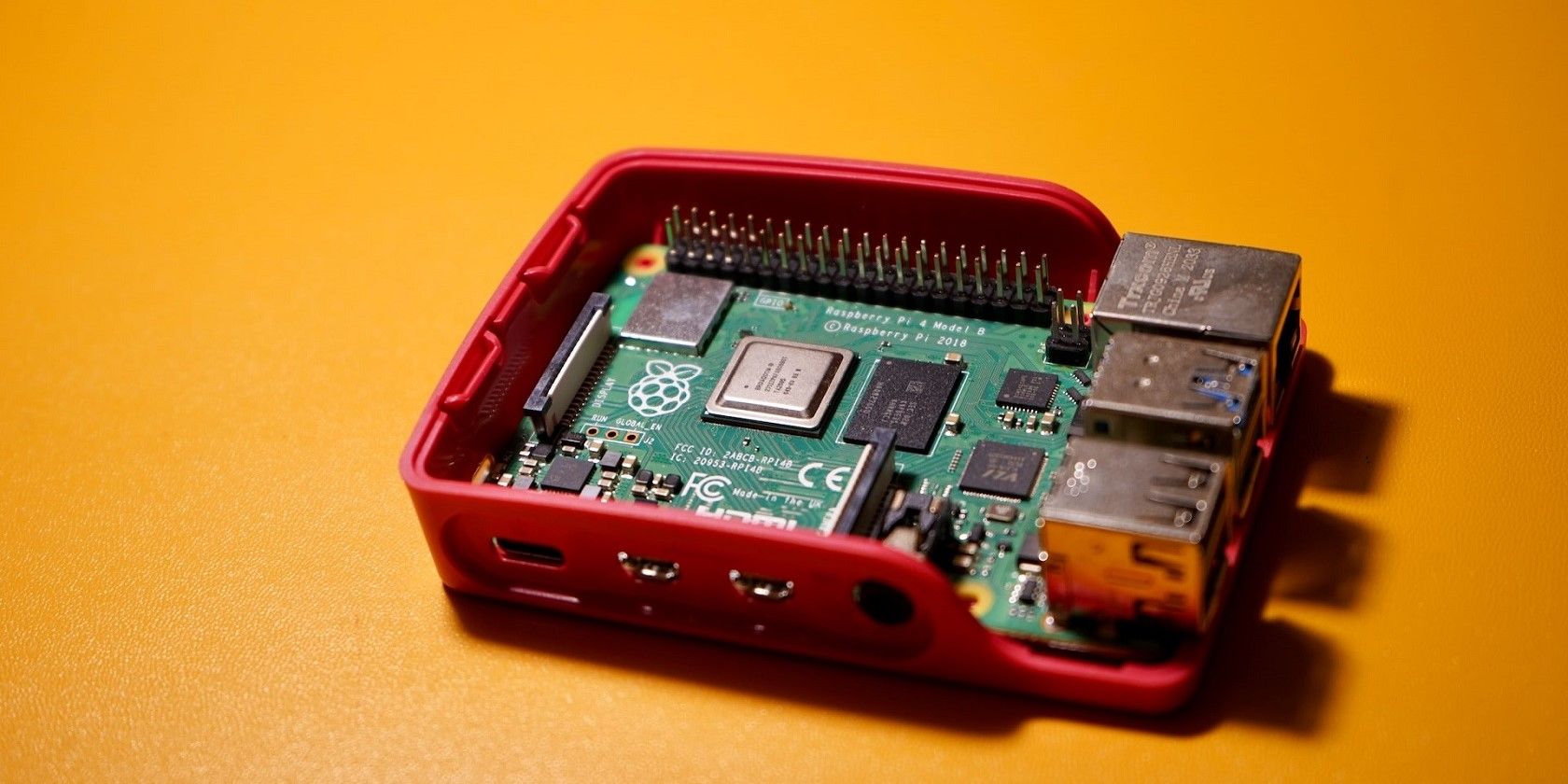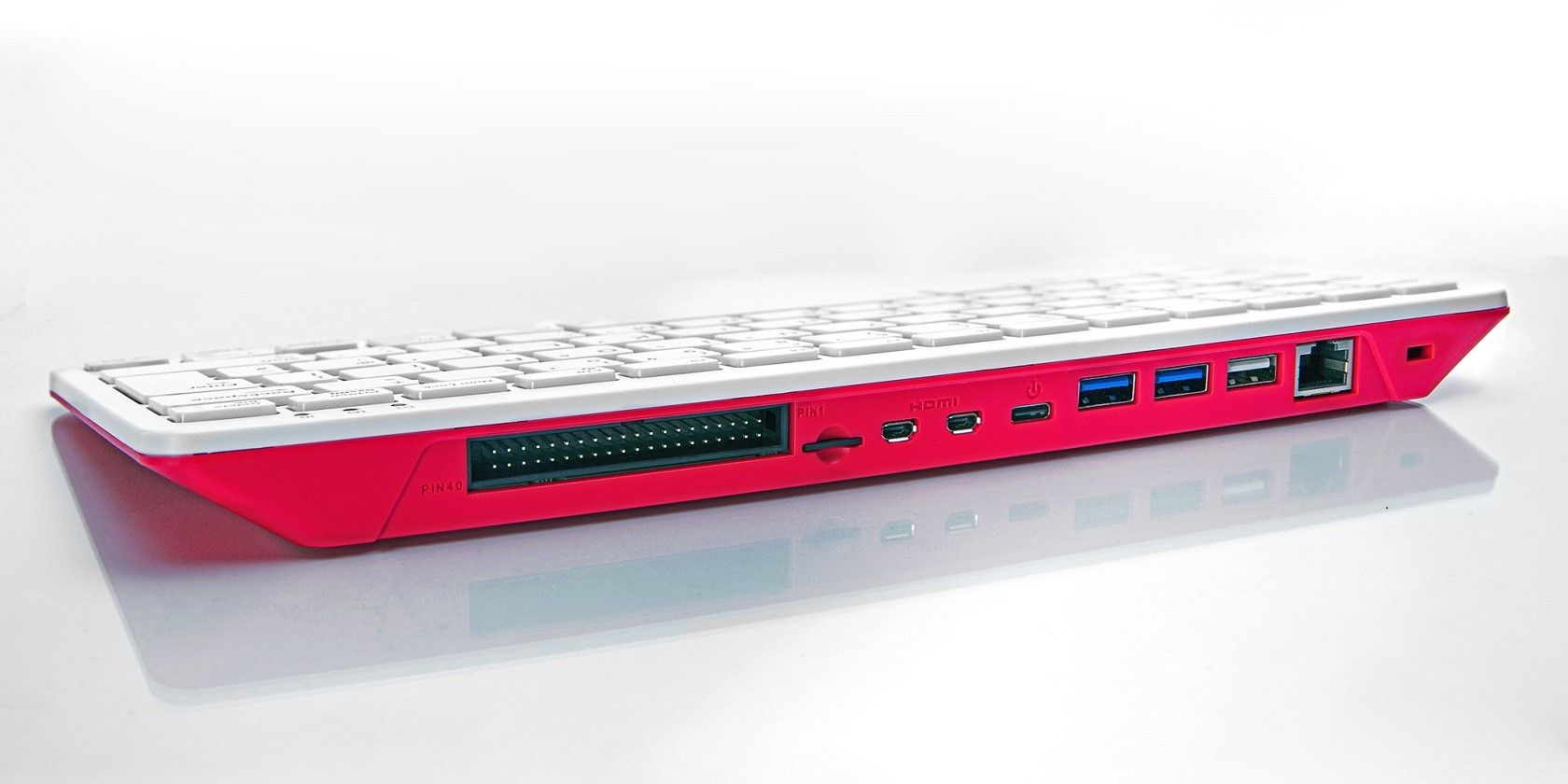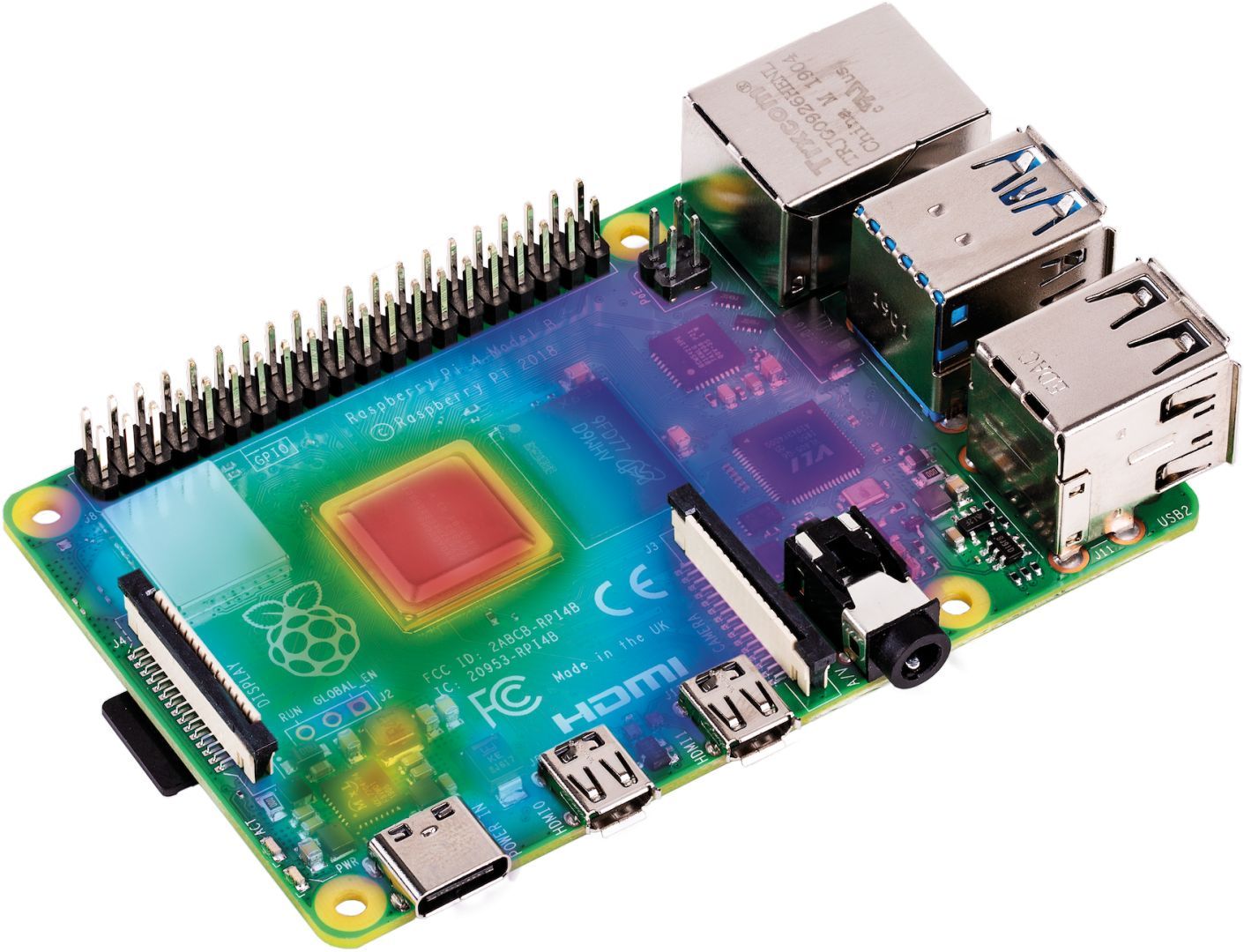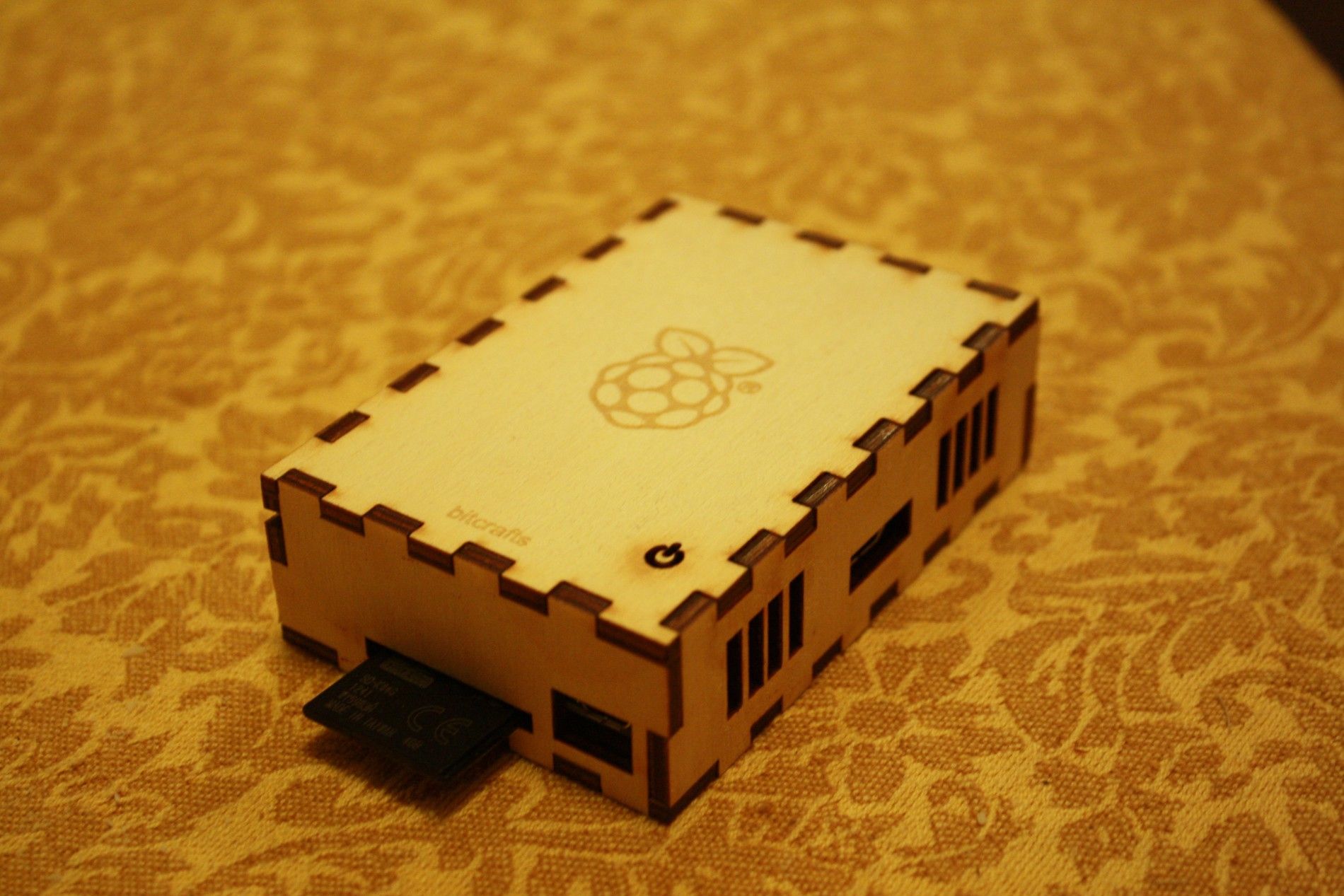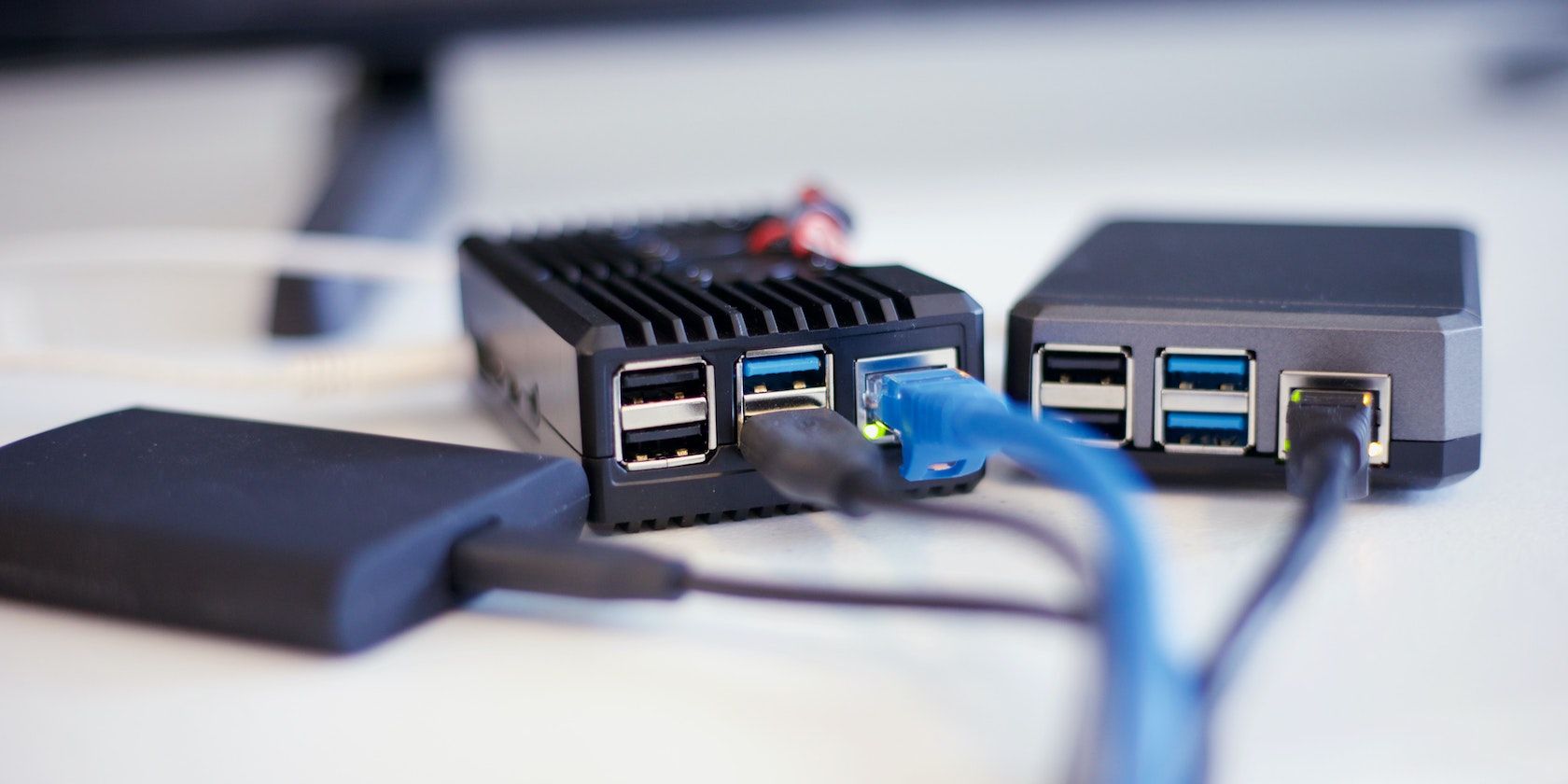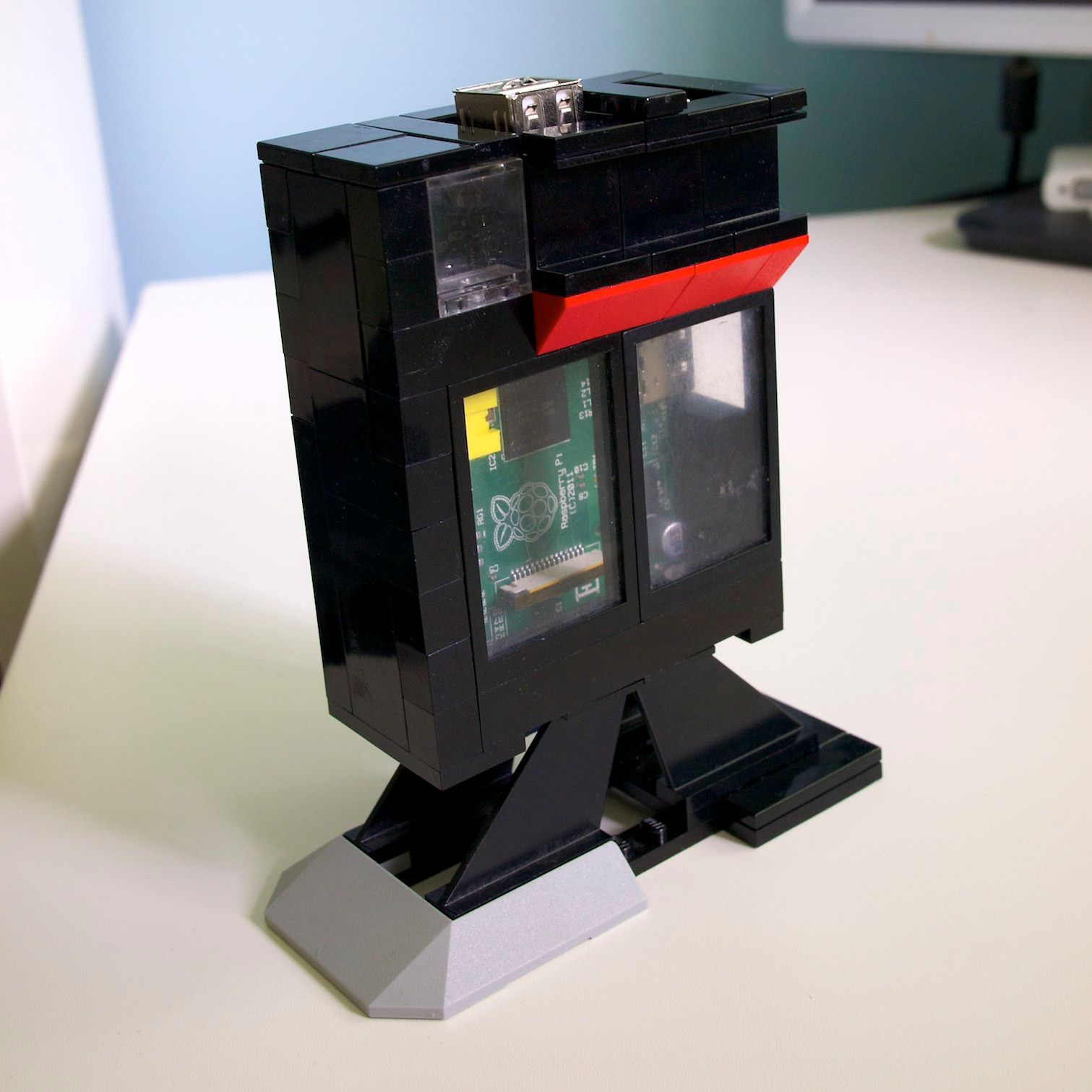Raspberry Pi is a small, affordable single-board computer (SBC) that's suitable for learning how to code and making cool electronics projects. The line of credit card-sized SBCs is well-loved by makers and robotics enthusiasts around the globe.
While a case isn’t an absolute necessity for running a Raspberry Pi, it can come in handy during intensive tasks and can also add aesthetic value to your build. There are certain factors to put into consideration when choosing a case, to ensure that it fits your budget and satisfies your intended use.
1. Raspberry Pi Model
When choosing a case for your Raspberry Pi, you’ll want to make sure that it’s compatible with the model of Raspberry Pi that you have. While approximately the same dimensions, the Raspberry Pi 2 and 3B have a different arrangement of ports to a Raspberry Pi 4B, so a case designed for the latter won’t fit them without some serious modification (and vice versa). You will need a much smaller case for a Pi Zero W or 2 W.
You won't need a case if you have a Raspberry Pi 400 since it runs in a thermally efficient keyboard case. If you are curious about the various Raspberry Pi models and how they differ, we’ve got you covered with our guide to choosing a Raspberry Pi for your projects.
2. Price
Price is usually the first thing people consider when buying a Raspberry Pi case. It's not uncommon to see a Raspberry Pi 4 case that costs as much or even more than the device itself, such as the Argon M.2 Aluminum Case.
When choosing a case, you want one that provides the features you need and still fits your budget. Aesthetics and active cooling capability are important factors, but you want to be sure you can afford the case, especially if you're running multiple Pis. The Argon Neo and Flirc cases for the Raspberry Pi 4 are two attractive options that offer a lot of bang for your buck.
3. Cooling Mechanism
There are two cooling mechanisms primarily employed in these cases: passive cooling and active cooling. In general, active cooling (such as a fan) is more effective at reducing temperatures, but it also consumes more energy and is more expensive. Passive cooling (such as a heat sink) doesn't impact energy usage, but it might not be appropriate for CPU-intensive use.
It is up to you to choose the cooling mechanism that works best for your needs. It may be necessary to use active cooling when playing retro games or running Plex servers, but passive cooling will generally suffice for most of your projects. Another significant advantage of passive cooling is that it makes zero noise due to the absence of a whirring fan.
4. Durability/Protective Capability
Even if your Raspberry Pi is going to be placed in the most secure, watertight location, a brief drop or a heavy water splash could mean the end of the mini computer. A durable case will keep your Raspberry Pi protected from the elements and allow it to function for as long as possible.
A sturdy case is even more critical if you're using your Raspberry Pi in a rough environment; for example, in outdoor projects where it may be subjected to rain, heat, dust, and scratches from nosy mammals.
You will want to look for high-quality and well-built cases made from either aluminum or plastic. Cases constructed from these materials can usually withstand a considerable amount of punishment. Aluminum cases do have one significant drawback: wireless connectivity, both Wi-Fi and Bluetooth, is normally negatively affected.
Also, you may have noticed that Raspberry Pis are quite hard to find these days. Be sure to check our guide to how you can find a Raspberry Pi in stock even during the shortage.
5. Access to Ports
If you're planning to tinker with your Raspberry Pi a lot, you want to ensure that your case leaves most or all of the ports uncovered and free to use. A high-quality case will protect your Pi from damage, but also allow for easy access and connection of peripherals such as USB sticks, keyboards, and mice. In particular, if you want to connect electronic circuits or add-on boards, you will need access to the 40-pin GPIO header.
More open spaces, however, mean more receptacles for dust and dirt, and you may be more concerned about this than having open ports, depending on your use. You can even buy or 3D-print removable port covers for when they're not in use.
It's imperative to consider what you're going to be using your Raspberry Pi for. This includes how long and how often you'll be using it, and then you can decide if the case will suit your needs.
6. What You Are Using It For
Depending on what you have in mind for your Raspberry Pi, you may not even need a case at all. For example, you don't need a case for running basic productivity tasks or light surfing on a Raspberry Pi 4. You should avoid placing it on a metal surface, however, as there are soldered connections on the underside of the board that may be short-circuited.
If you prefer to have the protection a case provides, then a 3D-printed one might suffice. If you're going to be running multiple programs or opening several tabs, then get a good, commercial case with active cooling. Also, performance users will find the SSD slot in some cases such as the Argon One M.2 quite useful.
Other Factors to Consider
- Aesthetics: This can be very critical, especially if you are placing the case in a prominent place. You want to be sure that it blends in with the rest of your setup without drawing too much attention. If you are interested in using the Raspberry Pi for emulating old games, a retro-themed case will be more suitable.
- Weight: If you're mounting your Pi on a wall or somewhere high, a case that doesn't add more than a few pounds might suit you better. Contrarily, you may be looking for a case that adds a degree of heft and sturdiness to the Raspberry Pi on a flat surface.
- Overclocking: Some cases are more suited to overclocking the Raspberry Pi than others. For overclocking, you need a case that offers passive or active cooling to avoid the thermal throttling limit on the CPU.
- Shutdown/Reset Features: Some Raspberry Pi cases include useful hardware shutdown and reset buttons. You'll need to install the scripts that make them work. However, you'll find that the ease of shutting down safely at the push of a button is worth the hassle.
Choosing a Raspberry Pi Case
With so many options to choose from, it can be difficult to know which case is right for you. Hopefully, this list has helped you narrow down your choices.
It's worth noting that there are several official cases from the Raspberry Pi Foundation, to fit various models. There’s also an official Raspberry Pi 4 fan that fits into the lid of the official case. If you want a different type of cooling or other functionality, there's a vast array of third-party cases available to suit your purposes.

